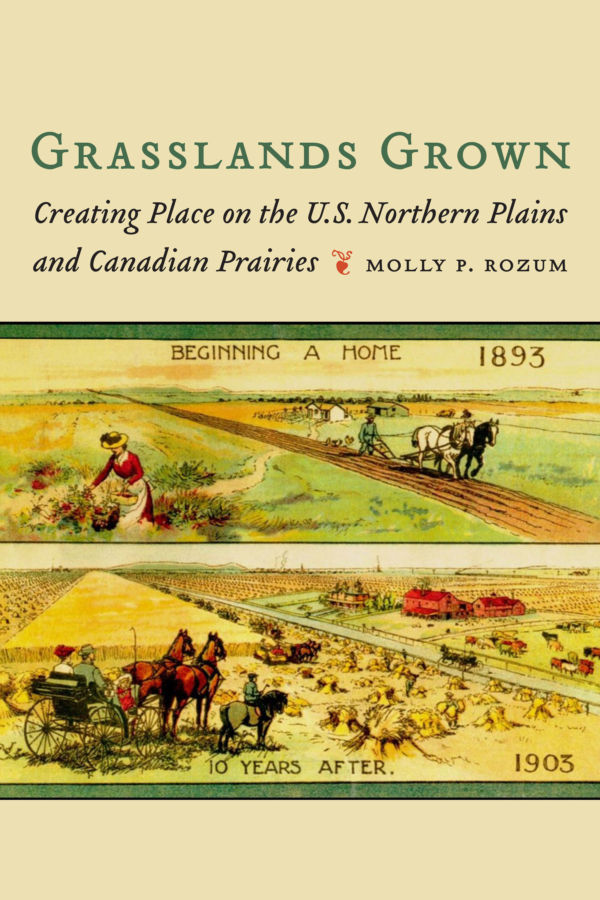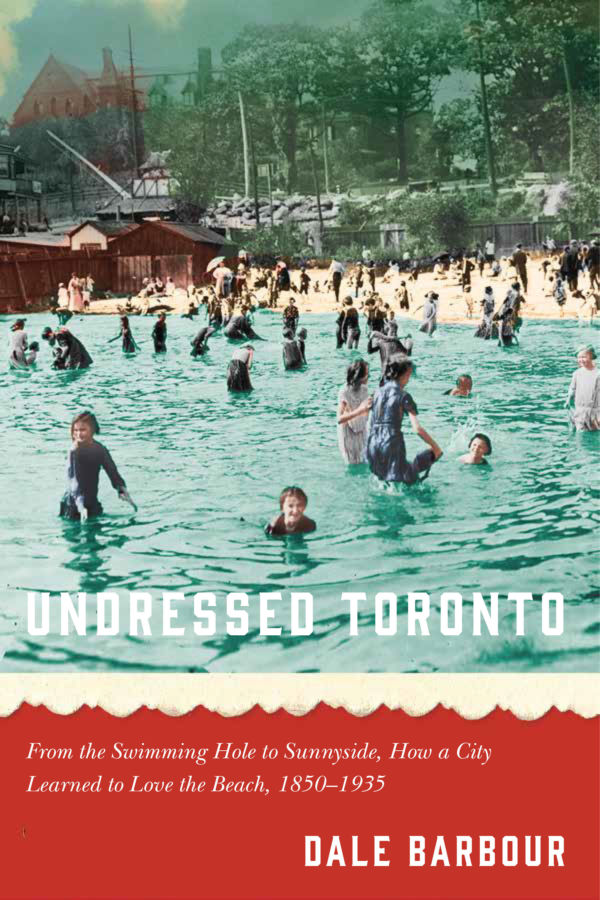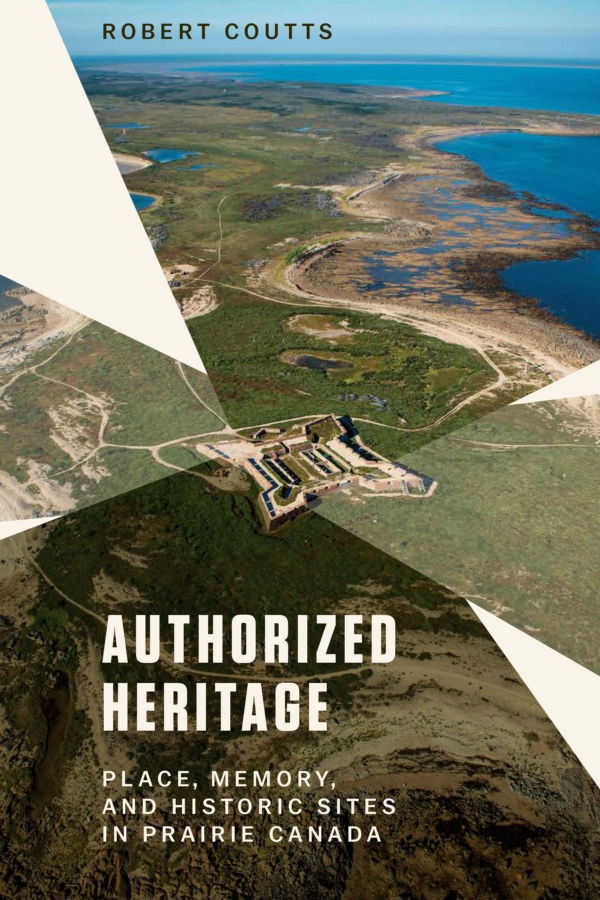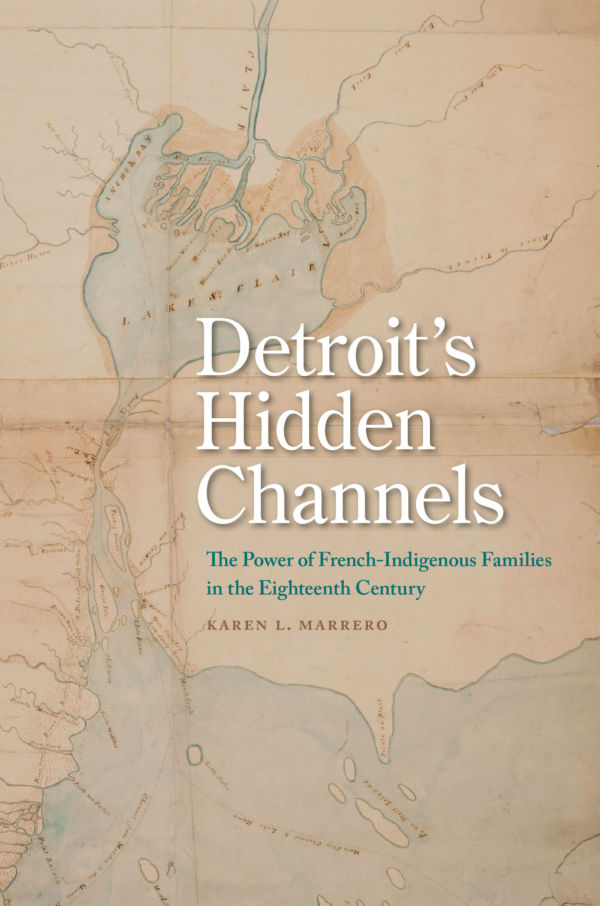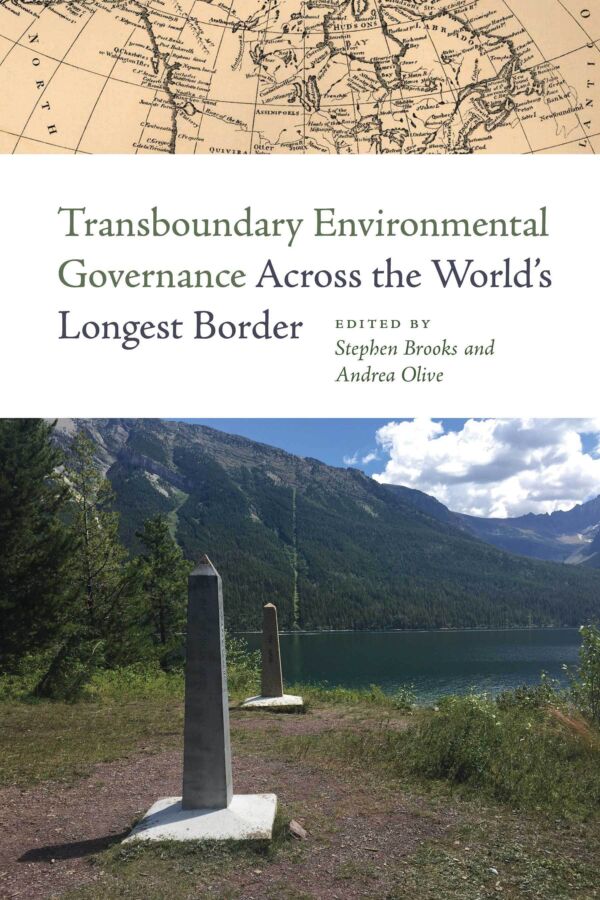Overview
In Grasslands Grown Molly P. Rozum explores the two related concepts of regional identity and sense of place by examining a single North American ecological region: the U.S. Great Plains and the Canadian Prairie Provinces. All or parts of modern-day Alberta, Montana, Saskatchewan, North Dakota, South Dakota, and Manitoba form the center of this transnational region.
As children, the first postconquest generation of northern grasslands residents worked, played, and traveled with domestic and wild animals, which introduced them to ecology and shaped sense-of-place rhythms. As adults, members of this generation of settler society worked to adapt to the northern grasslands by practicing both agricultural diversification and environmental conservation.
Rozum argues that environmental awareness, including its ecological and cultural aspects, is key to forming a sense of place and a regional identity. The two concepts overlap and reinforce each other: place is more local, ecological, and emotional-sensual, and region is more ideational, national, and geographic in tone. This captivating study examines the growth of place and regional identities as they took shape within generations and over the life cycle.
Reviews
“A subtle, sensitive, and sophisticated transnational history of settler place-making that transforms our understanding of the Great Plains. Grasslands Grown’s exceptional exploration of environment and experience will interest readers everywhere. This brilliant book is a must-read.”
Michael J. Lansing, Author of Insurgent Democracy: The Nonpartisan League in North American Politics
“Grasslands Grown will become a standard in Great Plains studies. The work is profoundly important.”
Thomas D. Isern, Professor of history and University Distinguished Professor at North Dakota State University
“Rozum artfully presents the different personalities. . . . I can’t think of a book I have read in the last ten years that weaves in so many voices across such disparate, tangible, variegated experiences. Rozum is a lucid, often poetic writer, and her insights into humanity are many.”
Susan N. Maher, Professor of English at the University of Minnesota–Duluth
"A unique, creative and imaginative history of North America's northern grasslands of Canada and the U.S., drawing on a wealth of sources including literature, art and memoirs, analyzing the complex development of a sense of place by settler colonial society. This book challenges us to think beyond national boundaries and histories to understand how our nations are intertwined through common environments and experiences."
Sarah Carter, Department of History and Classics and Department of Native Studies, University of Alberta
"The assortment of voices and experiences captured in the text is as vast as the pre-settlement grasslands... Rozum’s book is clear, engaging, and well argued. It deserves a place on the bookshelves of scholars who study settler placemaking, the North American grasslands, the northern borderlands, and the ways the interaction of culture and environment fosters senses of place and regional identity creation."
Anthony Carlson, H-Environment
"Rozum opens a useful and provocative discussion about both historic land ownership and land use, as well as cross-border culture... This is a stimulating book."
Francis M. Carroll, Prairie History
Awards
Margaret McWilliams Book Award for Scholarly History, Manitoba Historical Society (2021)
About the Author
Table of Contents
List of Illustrations
Acknowledgements
Introduction: Looking Northwest from La Vérendrye Hill
Chapter 1: Parents’ Choice: Taking Root on the Northern Grasslands
Chapter 2: Small Worlds: Animal Friends, Foes, and Place Rhythms
Chapter 3: Sensing Grasses, Grains, Waters, Woods, Rocks, and Snow
Chapter 4: “The Purple Hills Beckoned”: Growing Up, Travel, Education, and Region
Chapter 5: “Old Woman Who Never Dies” and “Old Man’s Garden”: Settler and Indigenous Relations Over the Generations
Chapter 6: “All is so still—so big, I scarce can speak”: New Literature and Settler Society Aesthetics
Chapter 7: “Surely Grass Is the Great Mother of All Plains Agriculture”: Agricultural Adaptation and Grasslands Conservation
Chapter 8: “All that Vast Region of Grass Land”: The United States, Canada, and Changing Cultural Geography
Conclusion: Looking Across the Line from the Prairies and Plains
Notes
Bibliography
Index

